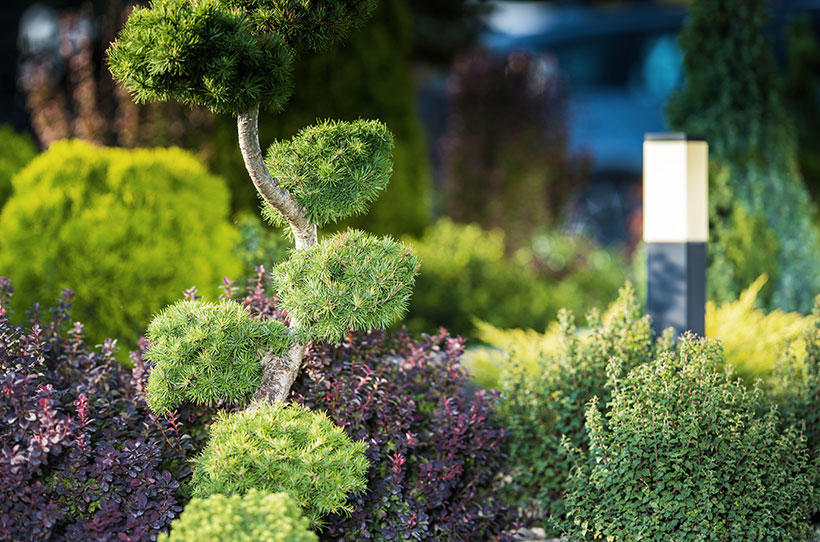Eco-Friendly Landscaping Tips for Sustainable Living
Embracing eco-friendly practices in landscaping not only enhances the beauty of your outdoor space but also contributes to a healthier planet. At Cut the Grass Landscaping, we're committed to helping you create a sustainable and environmentally conscious garden. Here are some practical tips to transform your landscape into a green oasis:
Choose Native Plants
Opt for native plants that are well-adapted to your region's climate and soil conditions. These plants require less water, fertilizer, and pesticides, making them an eco-friendly choice for your garden.
Solution: Research native plant species and incorporate them into your landscaping design to promote biodiversity and support local wildlife.
Practice Water Conservation
Implement water-saving techniques such as drip irrigation, rainwater harvesting, and mulching to minimize water waste in your garden. By using water wisely, you can reduce your environmental impact and lower your water bills.
Solution: Install a rain barrel to collect rainwater for irrigation or switch to drought-tolerant plants that require less water.
Compost Organic Waste
Start a composting system to recycle organic waste from your garden and kitchen. Compost enriches the soil, reduces the need for chemical fertilizers, and minimizes waste sent to landfills.
Solution: Set up a compost bin or pile in your garden and add kitchen scraps, yard trimmings, and other organic materials to create nutrient-rich compost for your plants.
Use Sustainable Materials
Choose sustainable materials for hardscaping and landscaping features, such as recycled concrete, reclaimed wood, or natural stone. These materials have a lower environmental impact and add a unique charm to your outdoor space.
Solution: Incorporate reclaimed materials into your garden design, such as recycled glass mulch or salvaged wood for raised beds and borders.
Attract Beneficial Insects
Encourage beneficial insects like ladybugs, bees, and butterflies to your garden by planting native flowers and providing habitat. These insects help control pests naturally, reducing the need for chemical pesticides.
Solution: Create a pollinator-friendly garden with a variety of flowering plants that bloom throughout the year, providing food and shelter for beneficial insects.
Conclusion: Cultivating a Greener Garden
By following these eco-friendly landscaping tips, you can create a sustainable and beautiful garden that benefits both you and the environment. From choosing native plants to practicing water conservation and attracting beneficial insects, every small change contributes to a greener, more sustainable outdoor space. Let's work together to cultivate a garden that thrives in harmony with nature, enriching our lives and the planet for generations to come.





